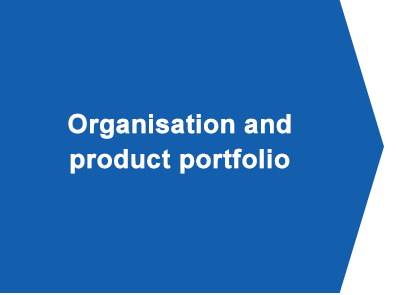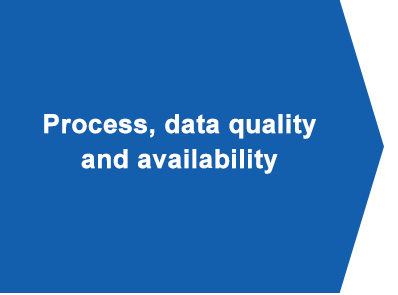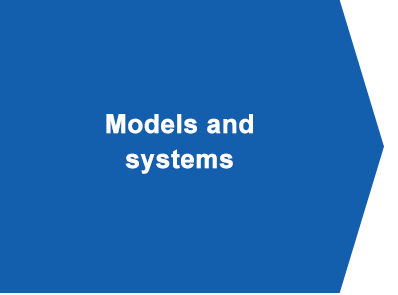Capital Adequency Requirement
Capital Adequacy Requirements at Product Portfolio, process, data quality, models.

Assess the impact of the final rules on the portfolio of the portfolio, if or not fully participated in the QISs.

Assess P&L attribution and back-testing, identify and remediate non-eligibility of desks

Identify potentially non-modellable risk factors and reasons of non-modellability

Review desk structure to understand and isolate non- modellability and standard models

Review product structure for non-modellable risk factors and risk factors with long liquidity horizon. Use capital requirement as a key element of product design. Identify product optimizations.

Analyse drivers for P&L and backtesting issues.

Identify data quality issues. Identify opportunities for better data sourcing and upfront data cleansing processes.

Analyse the impact of technical data quality onto the risk outputs and drive materiality driven improvements.

Implementation and calculation of standardized models required even for portfolios which have internal model approval

Calculation and aggregation of expected shortfall, variable liquidity horizons

Model performance management processes to be defined and managed

Calculation and model performance at desk level-Considerable change in front office, risk and risk aggregation systems





